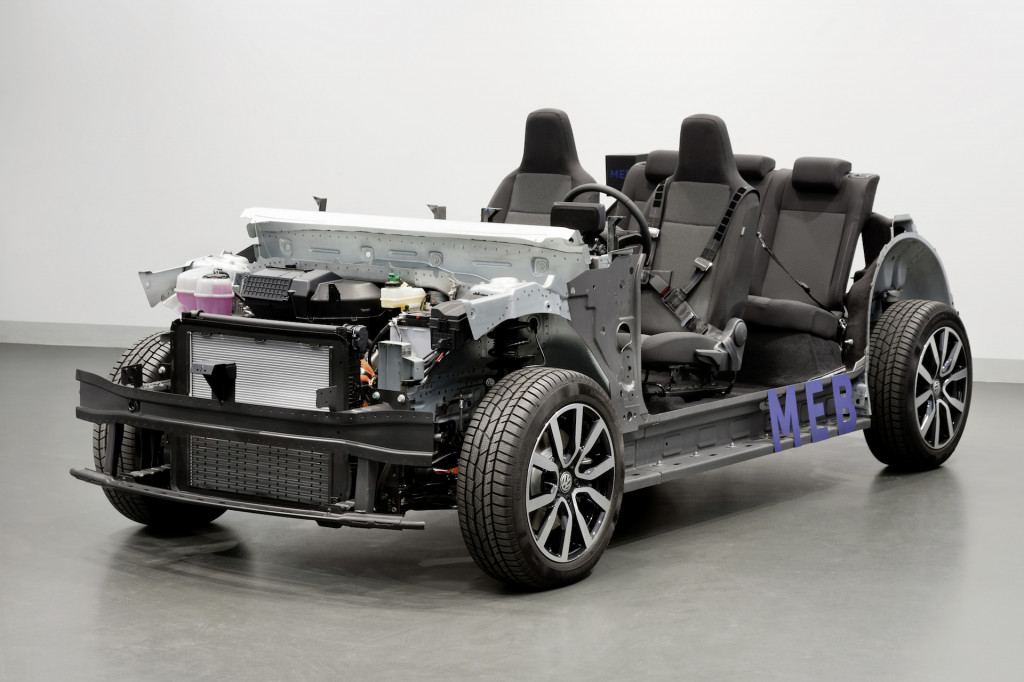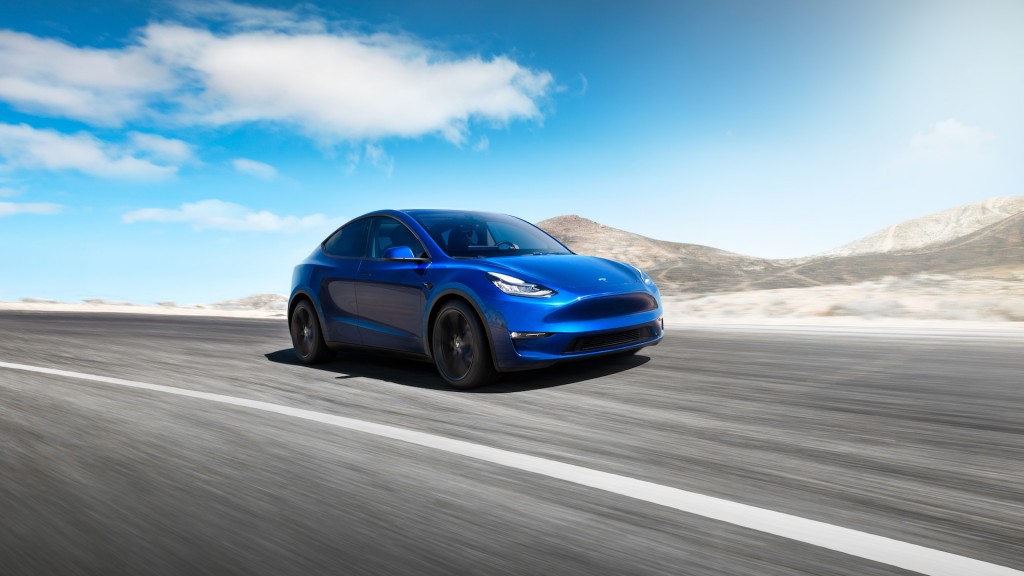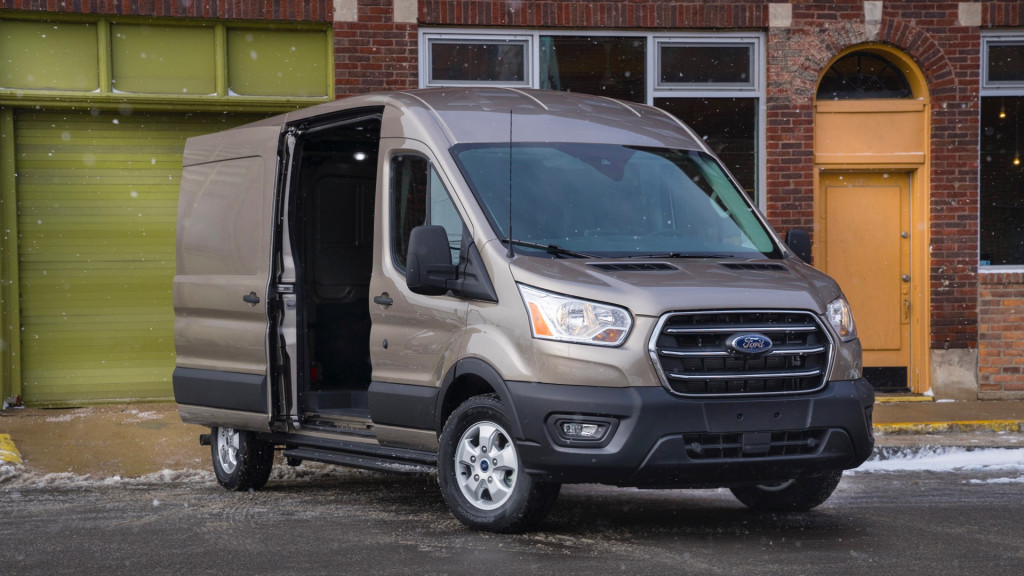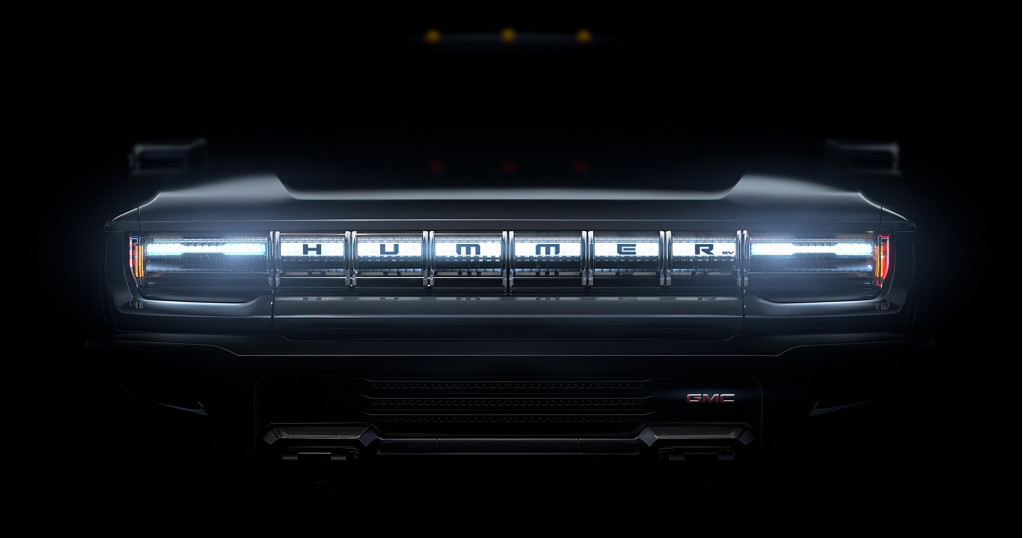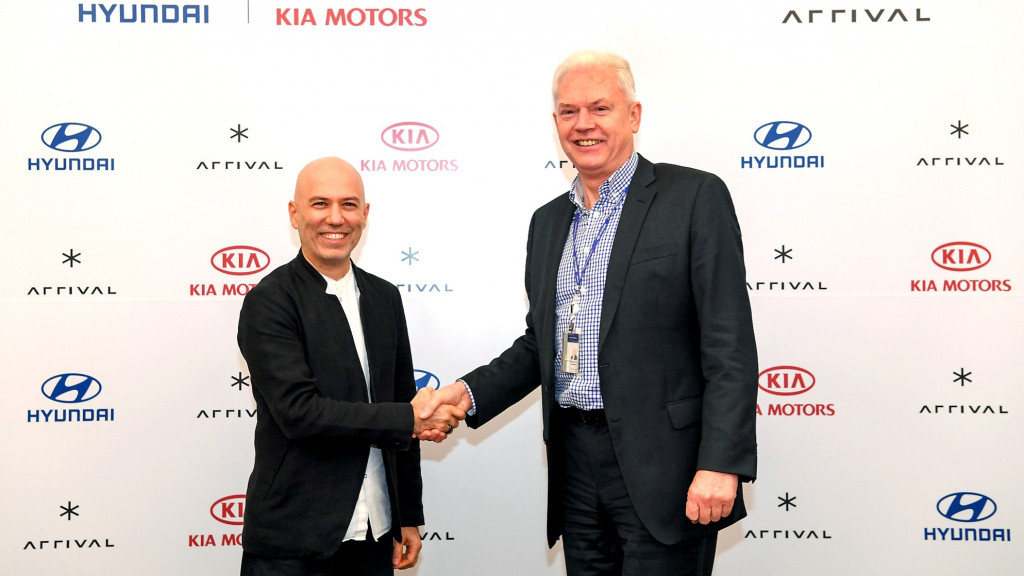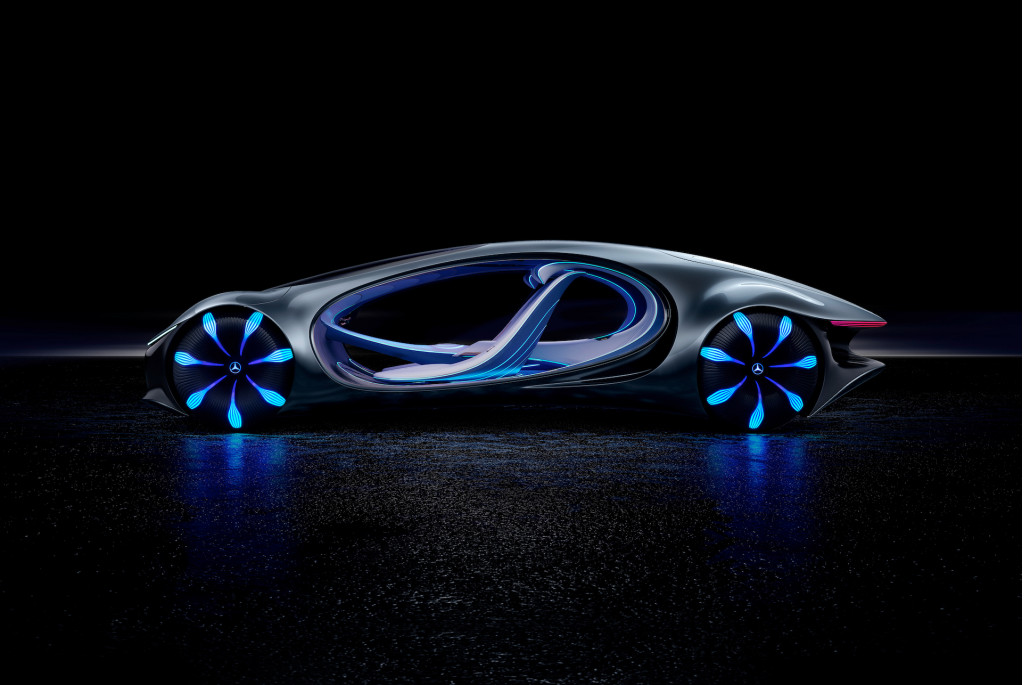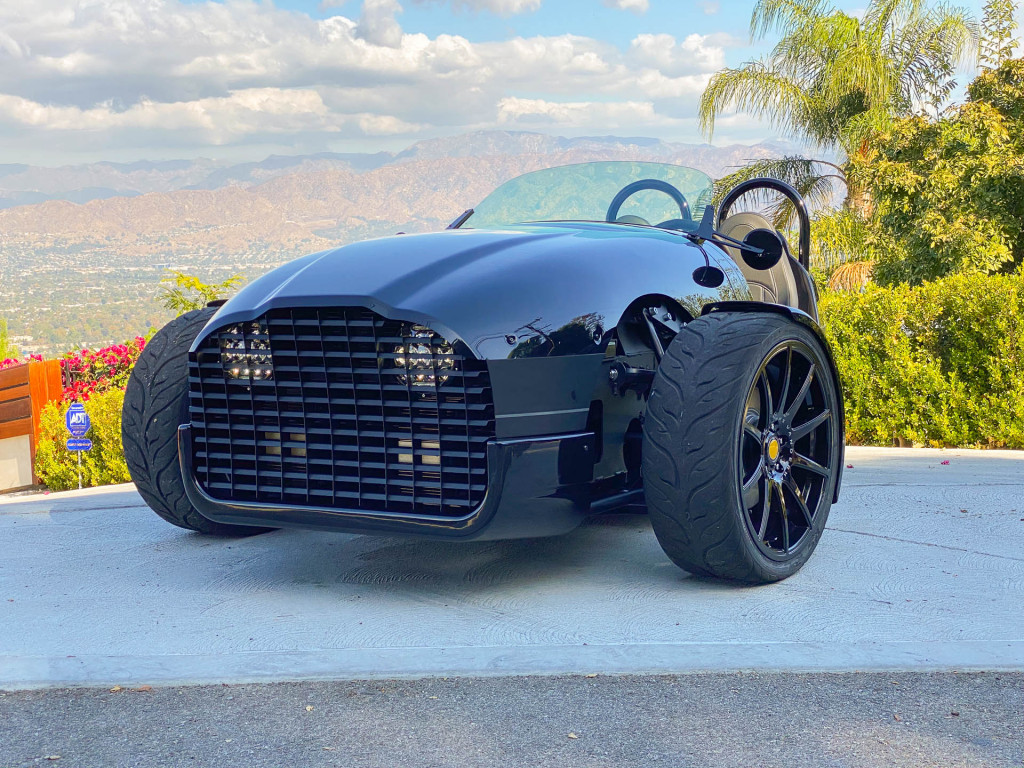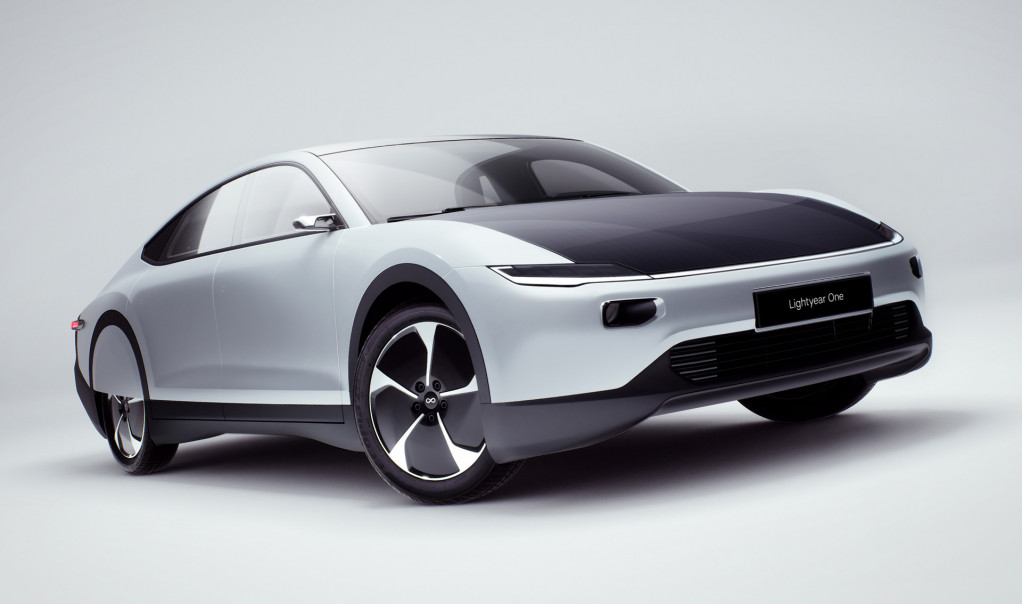Go to Source
Author: Green Car Online News
Tesla is looking for a US location to build Cybertruck—and more Model Y
Go to Source
Electric Ford Transit will be a quiet, clean package-delivery machine
Go to Source
Tesla Model Y arriving early, GMC electric Hummer teased, “self-charging” debated: The Week In Reverse
Go to Source
Hyundai and Kia electric trucks, EPA mpg rule, Toyota Prius analysis: Today’s Car News
Go to Source
Hyundai and Kia invest in UK electric commercial-vehicle maker Arrival
Go to Source
Sony electric car, Fisker Ocean, top-selling hybrid: The Week in Reverse
Go to Source
First drive review: The 2020 Vanderhall Edison three-wheeler is a fun way to go green
Planes, trains, automobiles and, even ships: No segment will be left untouched in the march towards a greener, more sustainable future—and going electric. Even a boutique company out of Utah that builds three-wheel playthings sees the writing on the wall. When the all-electric Vanderhall Edison 2 three-wheeler hits dealer lots’ in in the third quarter… Continue reading First drive review: The 2020 Vanderhall Edison three-wheeler is a fun way to go green
Battery costs, EVs for China, solar cars from Europe: The Week in Reverse
Which automaker committed to a plant with battery giant LG Chem? And why again is Toyota so committed to hybrids and not electric cars? This is our look back at the Week In Reverse—right here at Green Car Reports—for the week ending December 6, 2019. Sono Motors is aiming to make a compact car powered… Continue reading Battery costs, EVs for China, solar cars from Europe: The Week in Reverse
Hyundai fuel-cell sales surge, E-Tron range boost, LA goes electric: Today’s Car News
The Hyundai Nexo has helped the South Korean company surge to the top of the charts in global sales of fuel-cell cars. A range boost is likely coming soon for the Audi E-Tron—including the Sportback. And LA is cleaning up its air on its own terms. This and more, today at Green Car Reports. The… Continue reading Hyundai fuel-cell sales surge, E-Tron range boost, LA goes electric: Today’s Car News
